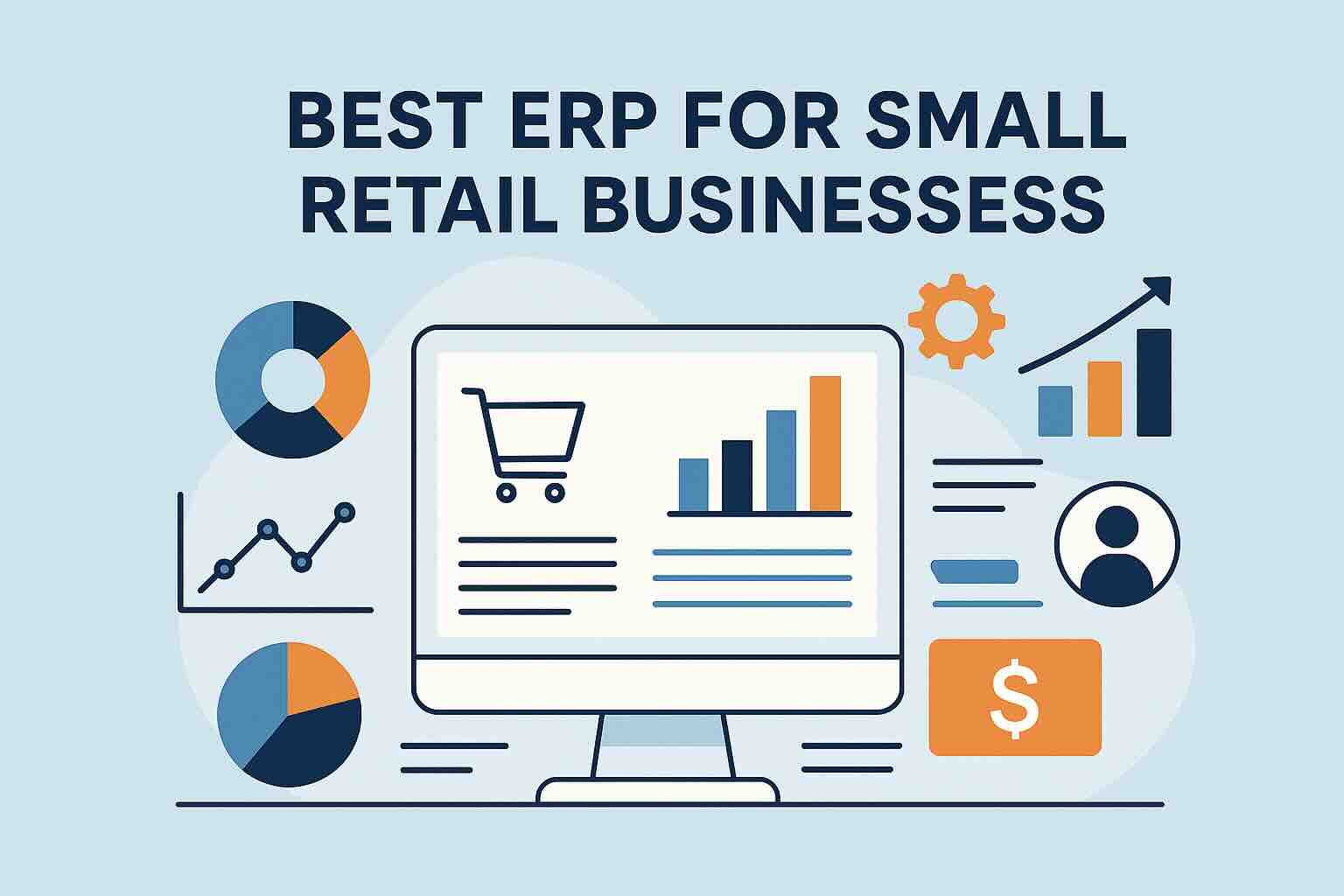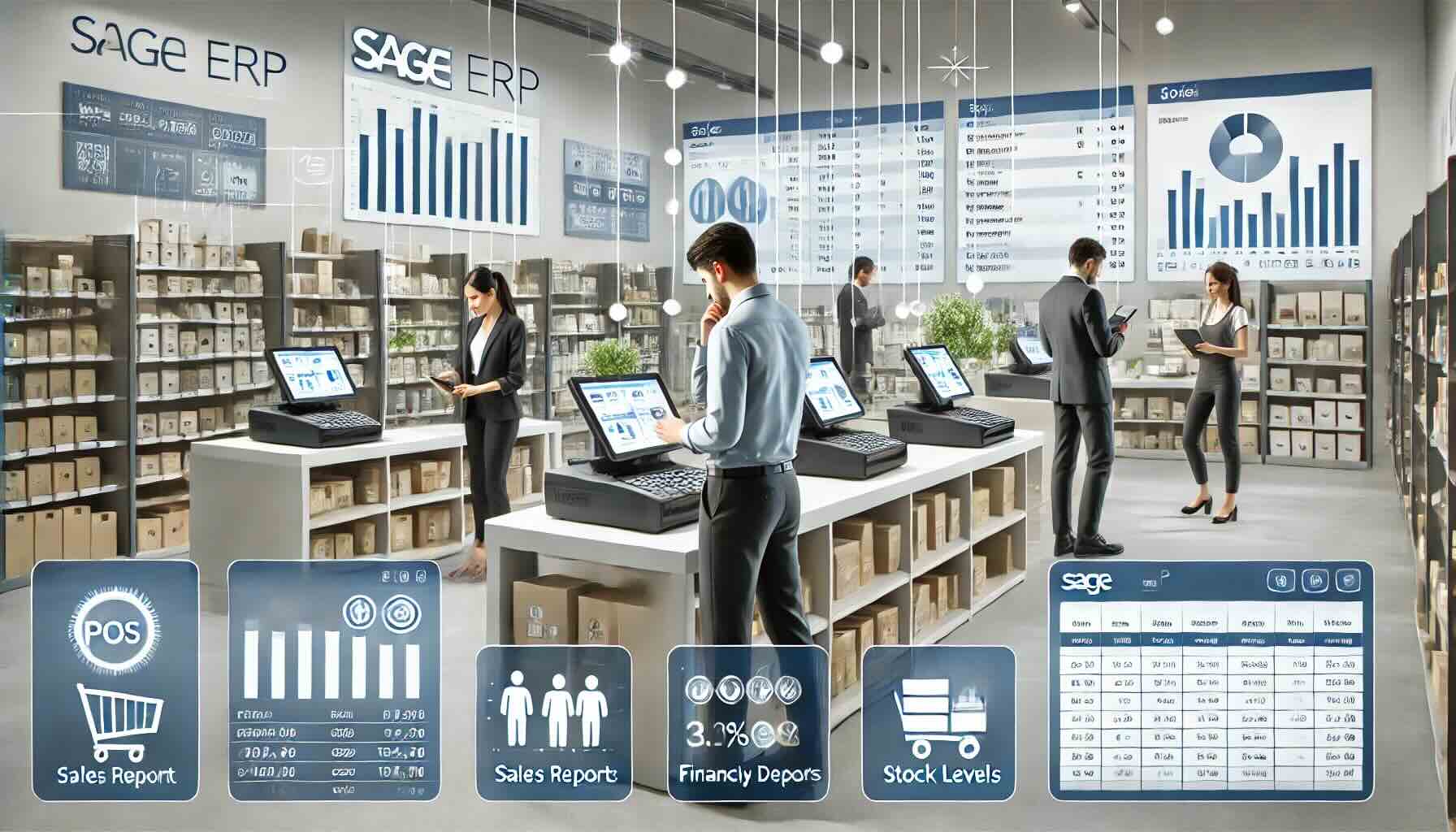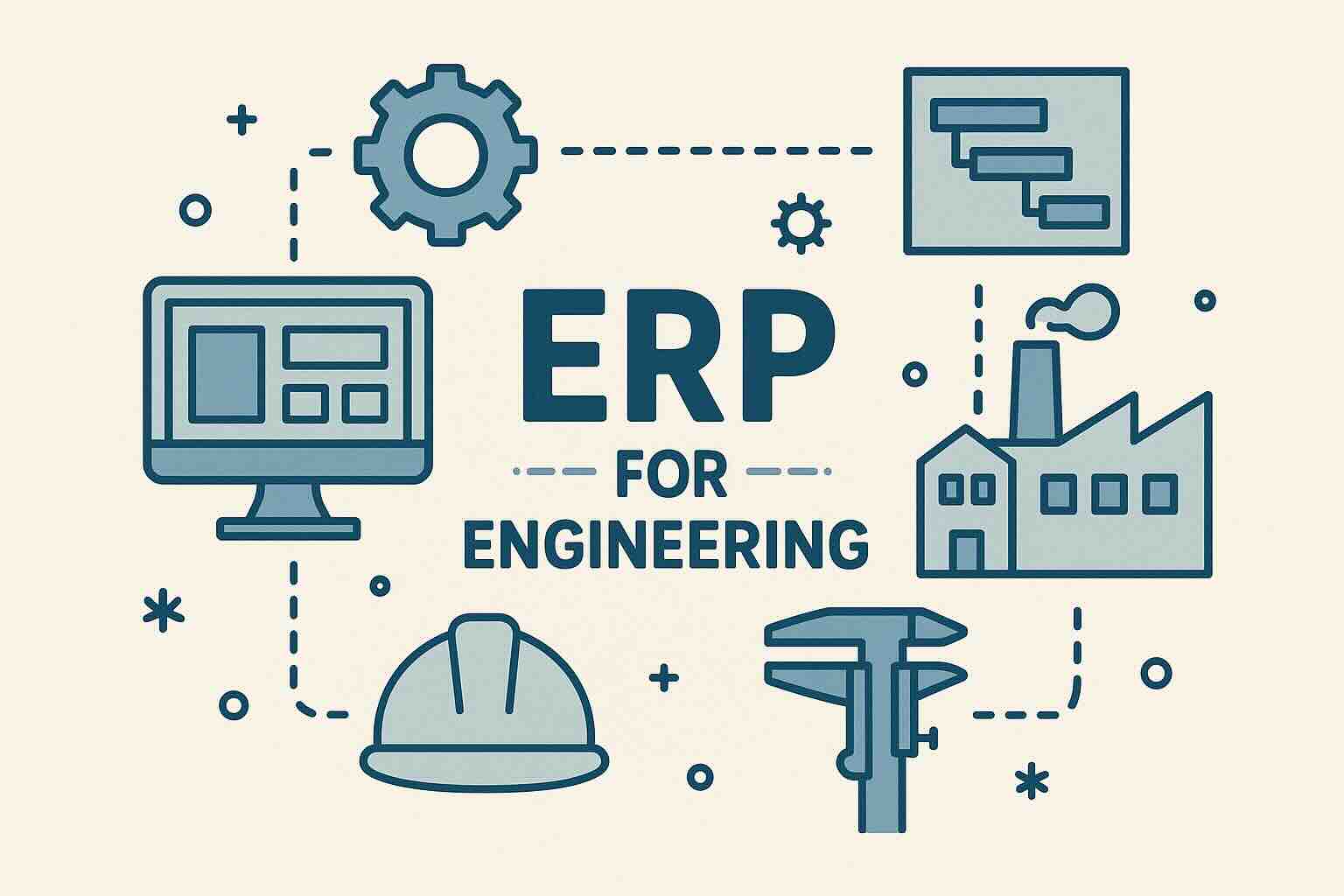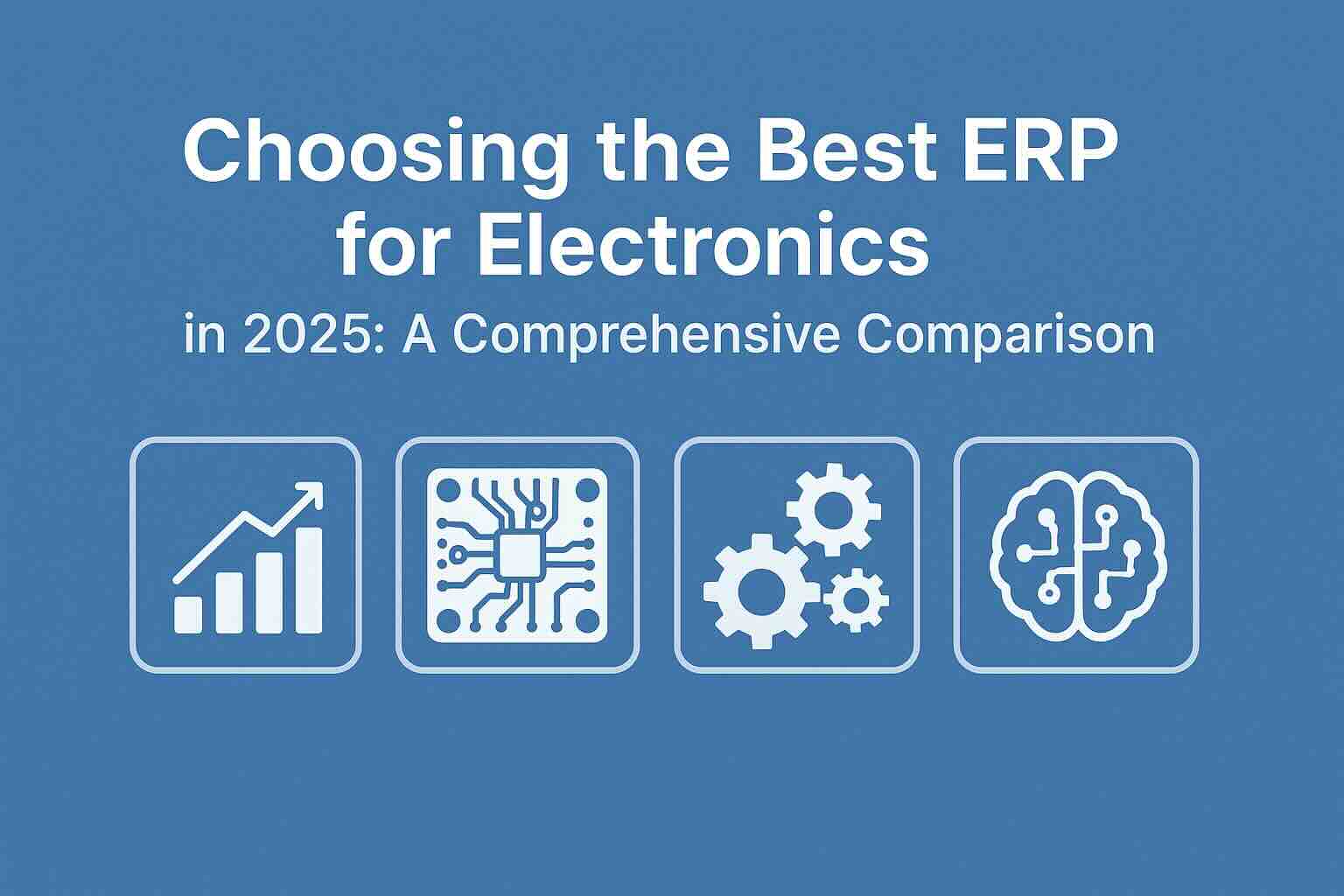What is SAP Cloud ERP?
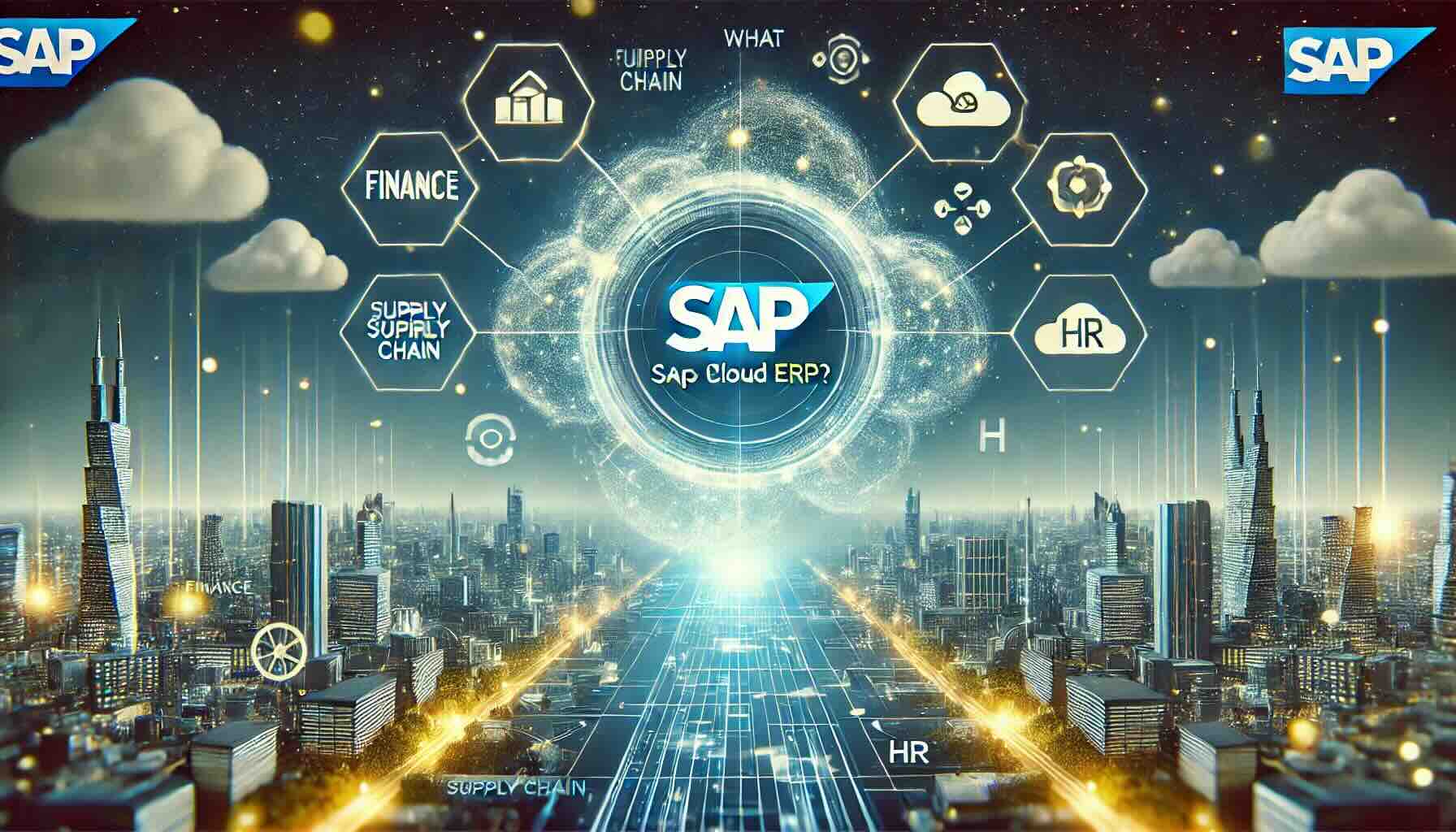
SAP Cloud ERP is increasingly becoming a choice for businesses seeking digital transformation. As companies evaluate their ERP options, understanding the strengths and weaknesses of such systems is critical. This blog dissects its capabilities and limitations.
Introduction to SAP Cloud ERP
SAP Cloud ERP is an integrated ERP system designed to provide real-time data processing and advanced analytics. Built on SAP’s advanced in-memory platform, HANA, it offers a reimagined user experience with the SAP Fiori interface. The system is designed to handle a wide range of business functions, from finance and supply chain management to customer relationship management (CRM) and more.
Strengths of SAP Cloud ERP
- Advanced In-Memory Technology: The backbone of the solution is the HANA database, which allows for processing large volumes of data in real-time. This technology is a game-changer for businesses requiring instant access to transactional and analytical data for decision-making.
- Enhanced User Experience with SAP Fiori: SAP Fiori’s user interface dramatically improves user experience with a role-based, intuitive design. This modern interface enhances productivity and user adoption.
- Flexibility and Scalability: It is highly scalable, catering to the needs of both small businesses and large enterprises. It offers various deployment options, including on-premise, cloud, and hybrid models, providing flexibility to businesses based on their needs.
- Strong Integration Capabilities: It is designed to integrate seamlessly with other SAP solutions and third-party systems. This integration capability is vital for organizations seeking to maintain a cohesive IT ecosystem.
- Robust Functionalities Across Modules: SAP Cloud ERP offers comprehensive functionalities across various business modules, making it a comprehensive solution for diverse business processes.
Weaknesses of SAP Cloud ERP
- Complexity and Implementation Challenges: Implemention can be a complex endeavor, particularly for organizations transitioning from legacy SAP systems or other ERP platforms. The process requires substantial planning, time, and expertise.
- Cost Implications: The total cost of ownership can be high. Besides licensing fees, organizations might incur significant expenses for implementation, customization, and ongoing maintenance.
- Training and Adaptation: The shift to SAP Cloud ERP, especially from older SAP versions or other ERP systems, can pose a steep learning curve for users. Effective training and change management are crucial for a smooth transition.
- Customization Limitations: While highly configurable, extensive customizations can complicate upgrades and integrations. Companies need to carefully balance the need for customization against the ease of future maintenance.
- Resource Intensity: Deploying and maintaining the system requires skilled IT personnel. The in-memory computing of HANA, while powerful, also demands significant hardware and infrastructure resources, especially for on-premise deployments.
Conclusion
SAP Cloud ERP stands out for its real-time data processing, advanced analytics, and user-friendly SAP Fiori interface. Its scalability and integration capabilities make it a robust choice for a wide range of business needs. However, its complexity, cost, and resource intensity are important considerations, particularly for small to mid-sized businesses or those with limited IT capabilities. Businesses considering SAP Cloud ERP should thoroughly assess their operational requirements, IT infrastructure, and long-term digital strategy to ensure it aligns with their organizational objectives.
To compare SAP Cloud ERP with 100s of other ERP solutions, you can use our new AI-powered Compare ERP tool. It’s free to use and you get a guaranteed discount on your first year’s licence fees with a referral from Compare ERP.


